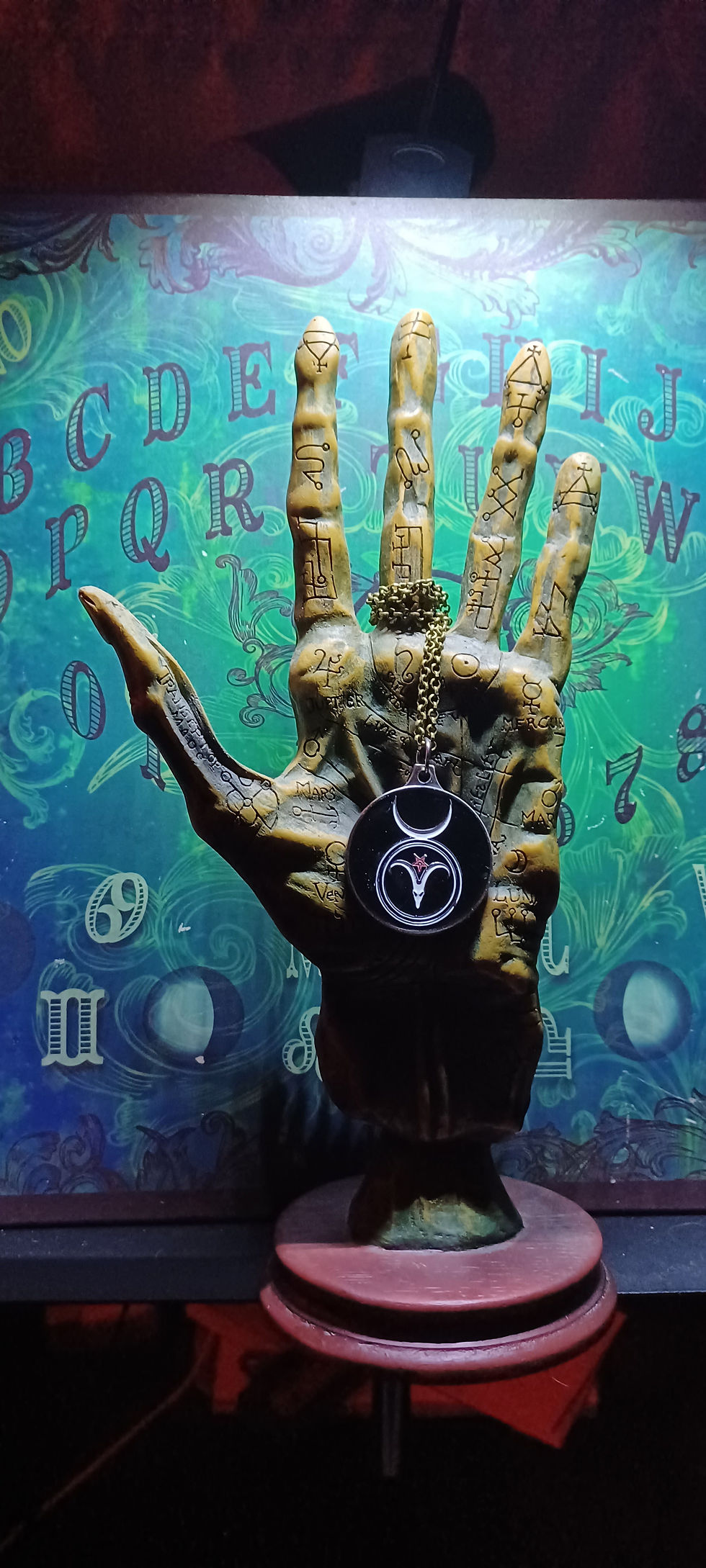PRAYER: A Lost Majiqal Art
- Etu Malku

- Sep 8, 2024
- 2 min read

Prayer, once a profound and sacred magical practice, has become a lost art in modern times, reduced to rote recitations and mere wish-making. Its original power lies far beyond such simplifications. Prayer, in its true essence, is a potent alchemical process, a fusion of concentrated visualization, emotional intensity, and mental energy, all harmonized through the spoken Word. This sacred act of vocalization, when performed with intention and awareness, grounds ethereal energy into the physical realm, thereby shaping reality.
The ancient Egyptians understood this deeply through the practice of Heka, their sacred system of vibrational magic. They viewed the spoken Word not merely as sound but as a bridge between the mortal and divine realms. Words carried power, for they were aligned with the principles of cosmic order—the natural harmony that governs the universe. This concept, akin to the Logos, represents the universal intelligence that pervades all creation. Prayer, then, becomes a dialogue between the individual and the creative force within—the part of the Self capable of manifesting any condition, whether material or spiritual.
The invocation within a prayer binds our meditative consciousness with the power of the Word and our innate force of Will. This fusion is the same mechanism at work in incantations, for both prayer and incantation harness the vibrational resonance of sound and intent. The word incantation itself stems from the Latin roots meaning "to sing within," suggesting that the true power of such acts lies in the harmonization of inner and outer realities through vocal expression. In ancient times, not all were believed to possess this magical link; it was the domain of shamans, priests, and sorcerers—those who had undergone initiation and spiritual training to act as conduits between the mundane and the divine.
Like the rites of Haitian Vodou, prayer operates through the power of suggestion, which modern science might explain through the lens of neuroplasticity. The mind, malleable and ever-changing, can be shaped by consistent thought patterns and belief structures. Through prayer or incantation, we seek either to create transformation within ourselves or to unveil hidden truths lying dormant in our subconscious. The shaman or priest acts as the intermediary, wielding the prayer to alter objective reality through an act of what is called illocutionary force—the power to bring change through speech, to command the world into being through the art of sacred utterance.
In rediscovering the lost art of prayer, we return to the heart of magic itself: the ability to transform through the convergence of word, will, and spirit. To pray is not to plead, but to invoke, to align oneself with the forces of creation, and to shape reality in accordance with one's divine purpose.


